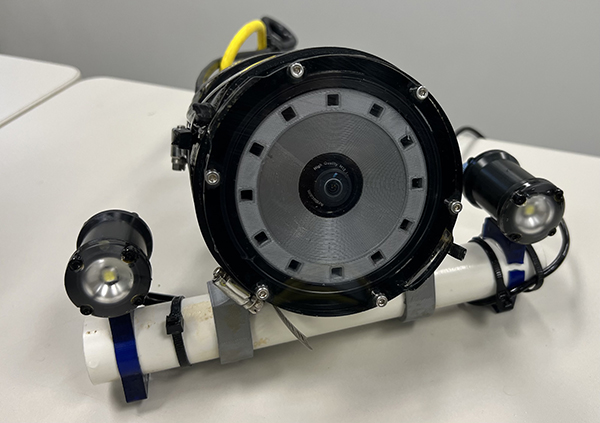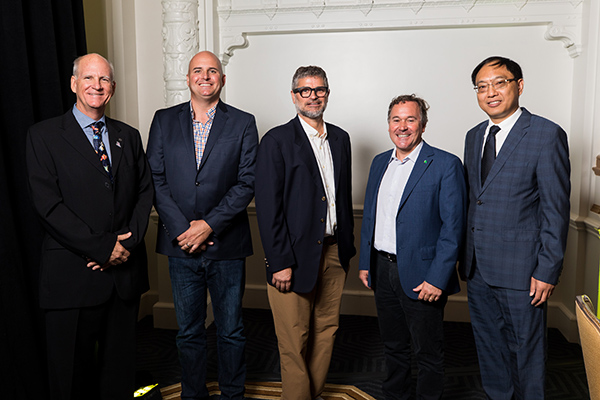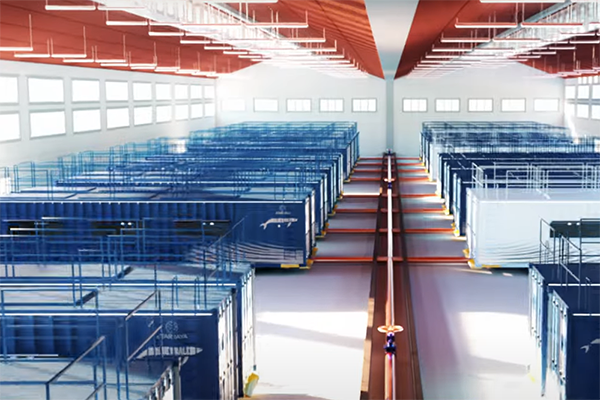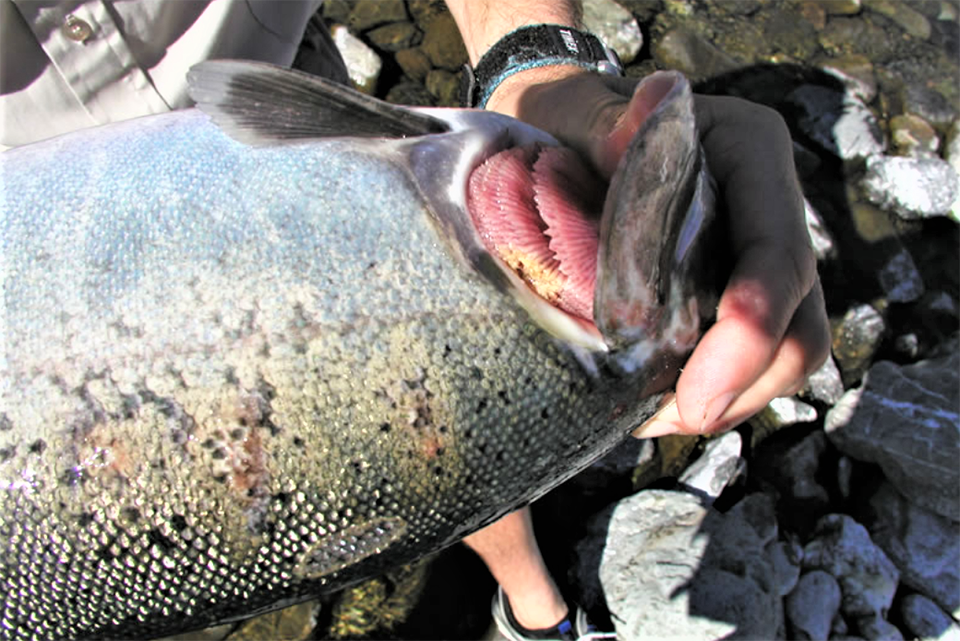The Freshwater Institute to pilot a real-time fish mortality detection and alert tool for recirculating aquaculture systems

The Conservation Fund’s Freshwater Institute, a U.S.-based research and development program focused on recirculating aquaculture systems (RAS), has been selected for the 2023 NewTechAqua Award Challenge – an initiative to advance solutions to challenges limiting economic, environmental and social benefits and impacts in aquaculture.
The Freshwater Institute’s real-time fish mortality detection system was one of five entries chosen from 47 proposals for the Award Challenge and is the only selection from the United States.
RAS operations allow operators to create ideal water quality and optimal fish health and welfare conditions. However, fish mortality can still occur on RAS farms due to disruptions like disease and irregular water quality events.
“That’s why our scientists proposed a mortality monitoring and alert tool to help farm managers make better-informed decisions on mortality management and maintaining good fish health and welfare,” said Dr. Brian Vinci, director of the Freshwater Institute.
The system, designated MortCam by the Precision Aquaculture Team that developed it, uses artificial intelligence and the internet of things deployed at the edge to provide round-the-clock mortality monitoring and trigger an alarm when mortality thresholds are exceeded.
“MortCam consists of an imaging sensor integrated with an edge computing device customized for underwater applications,” said Dr. Rakesh Ranjan, Freshwater Institute research scientist and precision aquaculture team leader. “Images acquired are used to train and optimize a machine learning model for resource-constrained edge devices with limited computation capability to detect and count dead fish accumulated near the drain plate.”
Ranjan said the model is deployed on the MortCam to log the mortality data at a user-defined frequency. The system generates email and text alerts to notify operators of mortality events.
“In this way, real-time mortality alerts may aid in proactively initiating procedures to prevent potential additional mortalities,” said Ranjan.
The Freshwater Institute will participate in a coaching program to improve the viability and the market uptake of its innovative solution with expert members of NewTechAqua and other partner organizations.
The coaching program will start in April and span two months. The selected five entities will present their solution at the NewTechAqua final conference by the end of 2023, including a promotional video as a prize for the best one.
The NewTechAqua project has a mission to expand and diversify European aquaculture production of finfish, mollusks and microalgae by developing and validating technologically-advances, resilient and sustainable applications.
Follow the Advocate on Twitter @GSA_Advocate
Now that you've reached the end of the article ...
… please consider supporting GSA’s mission to advance responsible seafood practices through education, advocacy and third-party assurances. The Advocate aims to document the evolution of responsible seafood practices and share the expansive knowledge of our vast network of contributors.
By becoming a Global Seafood Alliance member, you’re ensuring that all of the pre-competitive work we do through member benefits, resources and events can continue. Individual membership costs just $50 a year.
Not a GSA member? Join us.
Author
-
Responsible Seafood Advocate
[103,114,111,46,100,111,111,102,97,101,115,108,97,98,111,108,103,64,114,111,116,105,100,101]
Tagged With
Related Posts

Aquafeeds
F3 Challenge names its Carnivore Edition winners at GOAL 2022
Three winners were awarded a $100,000 prize in the F3 Challenge Carnivore Edition, the global aquaculture industry’s aquaculture feed contest.

Intelligence
‘Away from the coast’: Latest Maine RAS venture chooses forest over seas
Land-based salmon farm Katahdin Salmon will be built far from the shoreline to where operational costs and conditions might lead to success sooner.

Innovation & Investment
Urban shrimp farming concept named one of Time Magazine’s Best Inventions of 2022
Time has recognized Atarraya’s Shrimpbox, a “plug and play” technology for urban shrimp farming, as one of the best inventions of the year.

Health & Welfare
Assessing bactericidal activity of peracetic acid to selected fish pathogens in RAS water
RAS producers should know about the effectiveness of peracetic acid in reducing populations of specific bacterial pathogens.



